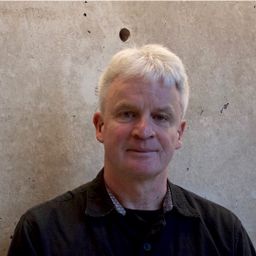16.00 Modernism and Anti-modernism in 1970s “Green” Architecture: The Case of the Ark for Prince Edward Island
Mon statut pour la session
The emergence of “Green” approaches to environmentally-conscious architecture in the 1970s reflects and responds to a number of then-current events, including the OPEC oil crisis of 1973, the international events and activism leading to the first “Earth Day” in 1970, the counterculture youth movements of the 1960s, and lingering fears of atomic destruction fed by the Cold War. Beneath these surface drivers lurk more long-standing cultural forces, including the tension between the modernist drive toward globalizing social and technological “progress,” and anti-modernist nostalgia for tradition, place, and customary social order. The PEI ARK, built in rural Prince Edward Island in 1975 by the New Alchemy Institute and Solsearch Architects, funded by grants from Canada’s Federal Government, is a remarkable example of early “green” architecture in its form, technologies, and legacy. This paper will unpack the role of the contemporary trends noted above in the ARK story, and will consider the complex and ambivalent mix of modernism and anti-modernism in the intentions of the ARK’s creators, and in its reception by international architectural culture; the environmental movement; various levels of government; and in the local communities of PEI.
